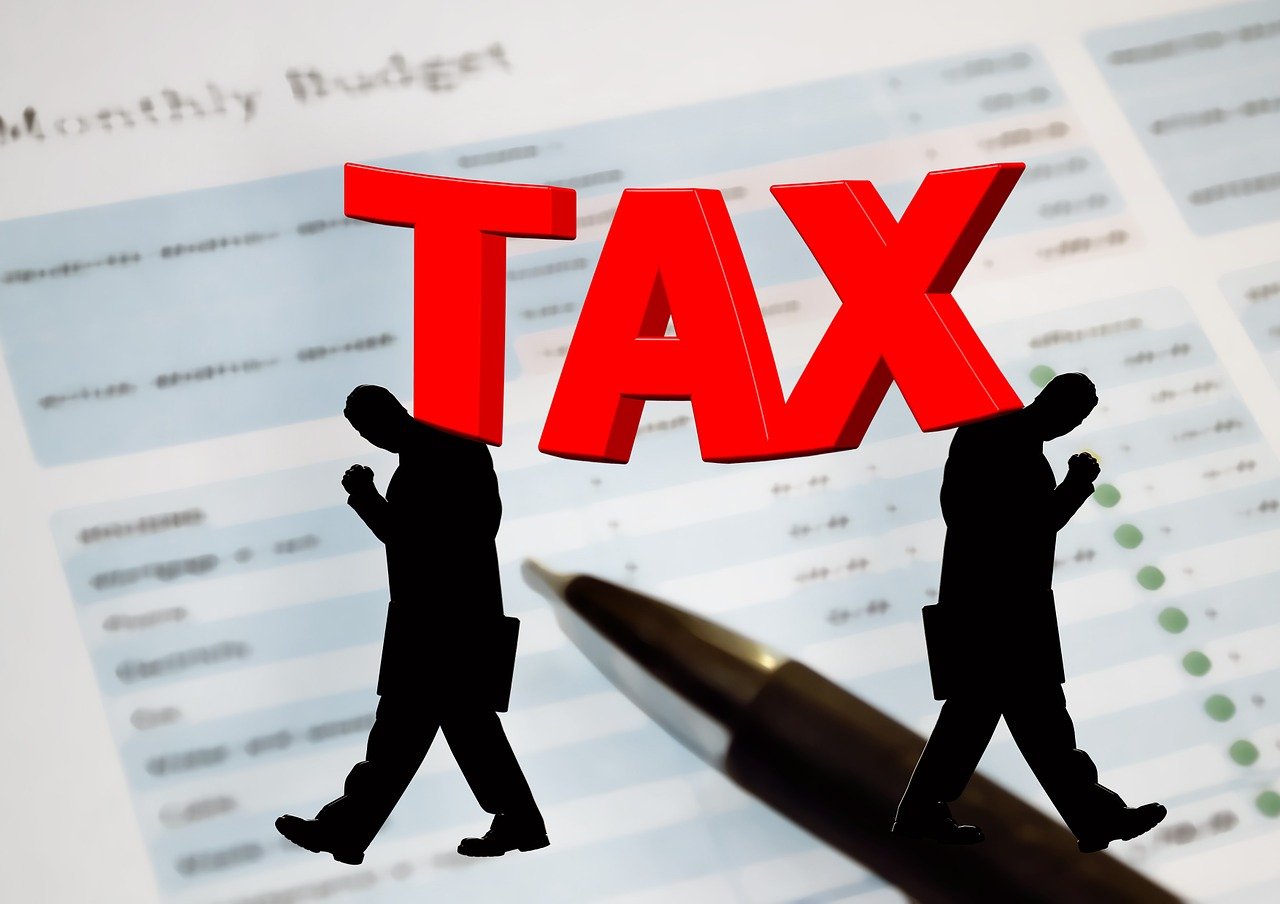You're wondering whether business without money is a myth, a fairy tale for dreamers or an accessible reality. Many people think that you need a lot of initial capital to get started. Others claim that you can launch a project with almost nothing. In this article, I'm going to give you some clear points of reference, some concrete examples and some pragmatic ideas so that you can make a clear-headed decision.
The context: why this question keeps coming up
In this day and age, digital initiatives, crowdfunding platforms, freelancing and creative communities are making the dream of launching a project more accessible. However, the absence of capital imposes severe constraints: more time, more agility, a lot of self-effort. When you read that "anything is possible", bear in mind that it requires sacrifice, discipline and a rigorous strategy.
Ideas for models that can be realised without capital
- Provision of services you offer your skills (writing, translation, coaching, graphics, development). Start-up costs can be as low as a computer and an Internet connection.
- Marketplace or brokerage You put a seller and a buyer in touch with each other, without owning the product yourself.
- Online training / coaching You share what you know, create modules or run workshops, with few fixed costs.
- Dropshipping or print-on-demand You sell products without holding stock, by outsourcing production and shipping.
- Monetised content blog, podcast or video channel, monetised through advertising, subscriptions or partnerships.
Not all of these models guarantee immediate success, but they do show that business without money is not just an illusion.
Unavoidable personal requirements
Whenever you want business without moneyYou'll need to compensate for the lack of capital with other assets:
- Time : devote long hours to learning, testing, correcting and pivoting.
- Perseverance You'll experience setbacks and periods without income.
- Multiple skills marketing, sales, accounting, technical.
- Networking sharing, exchanging, finding mentors or partners.
- Strategic creativity innovation in distribution, acquisition and partnerships.
Common myths - to be deconstructed
"Without money, you can't invest in marketing".
False. You can start with natural referencing, word of mouth, social media and free collaborations. You'll make slow progress, but this may be enough to generate the first income.
"You need premises or expensive equipment".
Often not. Many entrepreneurs start out from a computer in their living room or an occasional coworking space. Expensive equipment can come later, when revenues start to accumulate.
"Investors are only interested in projects with capital".
Not always. Some investors focus on the team, the traction or the idea. If you can prove that you can generate revenue from the very first months, you will find it easier to attract funding.
Practical steps for starting up with no capital
- Validate the idea before investing in it
Test your concept with a simple offer, a landing page and a minimal service. Get customers to check that there is a demand before investing a single penny. - Adopting the lean strategy
Use free or inexpensive tools. Automate what you can. You limit the risks and remain flexible. - Use trade or barter
You have a skill that someone else wants. Offer an exchange. This allows you to obtain services or equipment without immediate payment. - Search for micro-grants or competitions
Some organisations offer support for innovative projects, without requiring an equity stake. - Reinvesting initial profits
When you get your first customer, spend the money on strengthening your structure, improving your communication or paying for a useful tool. - Co-create with partners
Find someone who brings complementary skills or material input, and offer to share the value rather than pay upfront.
Limits and risks to be aware of
- Growth is often slow.
- The stress can be considerable, particularly financial.
- You risk exhaustion if you take on all the roles on your own.
- Some sectors require heavy investment from the outset (heavy manufacturing, industry).
Knowing these risks should not deter you, but keep you realistic.
Concrete testimonials (brief illustrations)
- An entrepreneur launched her coaching services from home, with no advertising budget, by landing her first clients via LinkedIn. She then invested the revenue in a wider audience.
- A developer has created a simple application, monetising it via a modest subscription, and gradually improving the functions based on feedback from the first users.
- One graphic designer initially offered exchanges of services in exchange for training or publishing tools, then converted these exchanges into paid relationships.
These examples show that business without money is a challenge but not an impossibility.
Conditions to maximise your chances
- Clarity of vision Knowing exactly what you're offering, to whom and why it solves a problem.
- Discerning priorities Don't spread your efforts too thinly. Invest first where it creates value.
- Rapid learning Test, measure and adjust. Applying an iterative method.
- Resilient mindset Accept setbacks as learning opportunities.
- Transparency and trust Communicate honestly and forge genuine links with your first customers or partners.
Conclusion: myth or reality?
Business without money is not a myth, but a demanding process. You have to make up for the lack of capital with your time, creativity, skills and stamina. Success is not guaranteed, but your initial risk-taking is reduced.
If you take a step-by-step approach, validate your offering, remain agile and capitalise on customer feedback, you can turn that idea into a viable business. In many cases, this is how the best entrepreneurial stories begin.










